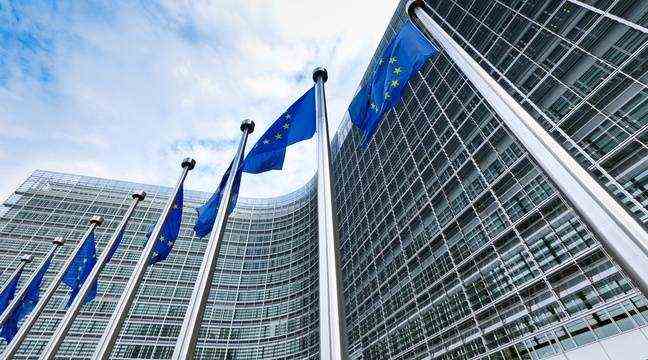The European Commission meets every week in Brussels and once a month in Strasbourg. – Getty Images
“With the positive votes of the Austrian and Polish parliaments today, the 27 member states have finalized the parliamentary approval process”, immediately greeted the European Budget Commissioner Johannes Hahn on Twitter. The parliaments of Austria and Poland approved on Thursday the European recovery plan to overcome the economic consequences of the Covid-19 pandemic.
The ratification of the 27 being essential to borrow the necessary money on the markets, a single missing signature could derail the project. On an unprecedented scale, with 672 billion euros in grants and loans granted to EU member countries, the mechanism financed for the first time by a common recourse to borrowing embodies European solidarity in the face of the crisis in Europe. Covid-19.
The first payments scheduled for the end of July
The implementation of the plan, concluded in July 2020 after difficult negotiations, has often been criticized for its slowness. The first payments, which are to finance investment projects of the Member States in the green and digital transition, are not planned at best until the end of July.
Each EU country has the opportunity to submit to Brussels an investment plan associated with structural reforms. Nineteen states out of 27 have already submitted their draft to the Commission, which has two months to examine and approve them. The European Council, which represents the member states, will then have a month to give the green light.
“The aim is for the funds to start flowing this summer,” Commission Vice-President Valdis Dombrovskis told a meeting in Lisbon on Saturday. He promised that his services would “try to speed up a bit” their assessment process. “We are working as quickly as possible, but these are complex evaluations,” he warned, however.
The US economy has taken a step ahead
Spain and Italy should be the main beneficiaries with nearly 70 billion euros each, ahead of France (nearly 40 billion). The money should be used to finance the thermal renovation of buildings, railway projects, charging stations for electric vehicles, high-speed telecommunications networks or even data storage infrastructures.
Europe suffers, however, from the comparison with the United States where more massive aid was released faster, while a faster vaccination campaign has allowed the American economy to take a lead.

